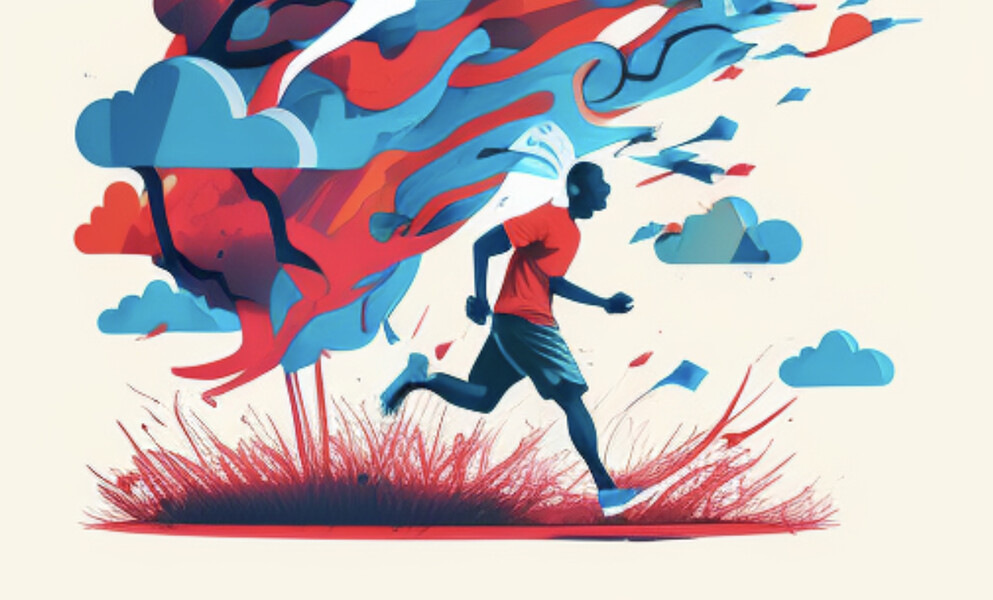Author: Grant Owens | Critical Mass

Author: Grant Owens | Critical Mass

I’ve never written a creative brief at my desk, or at least I’ve never written a really good one at my desk. I’ve written the sharpest of them as I’m running along the river. I’ve written them trying to keep a campfire burning. I’ve written them while guarding the perimeter of a toddler playground.
I know I’m not alone in this phenomenon among Strategists, or anyone who works in a creative field. The tension in the Strategy discipline, however, is that as the array of tools, datasets, research sources, and consumer feedback mechanisms has increased, so has the time we’ve felt locked onto a screen making sure we haven’t missed a signal that could make or break the idea. And all those signals leave less time to think about what it all might mean. It’s harder than ever to slow cook an idea and find a human truth that centers it.
But after nearly 25 years of gathering insights and drafting briefs in an increasingly complex world, I’m excited to see the emergence of AI—something that can rapidly canvas and condense the inputs, so that we can slow cook the output. Before ChatGPT turned AI into the buzzword for 2023, our team at Critical Mass has wholly been embracing a number of new AI and machine learning tools with the belief that we’re at our best when we’re well informed and given the time and space to think.
The pressure on our clients to move ever faster isn’t going to go away, so if we want time to be true brief masters, I welcome the bots, bits, and processors. As a Strategist within an exceptionally fast-paced industry, AI could ironically mark a return to a more human-led thought process.
I’ll be following up with the ways we’ve been using AI over the past few years and our hopes for the future in Part 2.